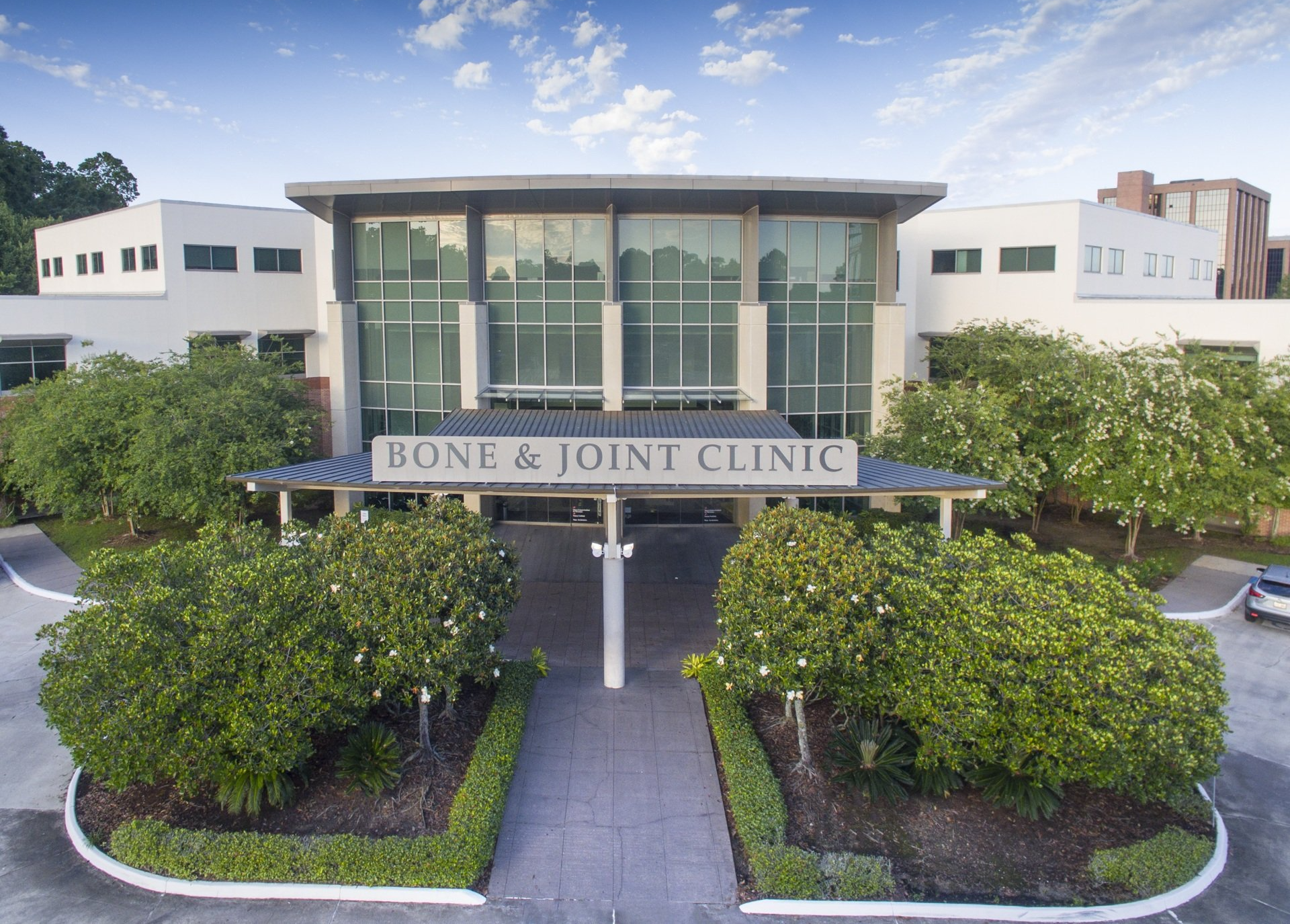Pain at the bottom of the foot, particularly in the heel, is a common complaint, drawing millions of patients to seek care each year. While there are several potential causes of foot pain, there are only a couple that account for the vast majority of cases. Among these common conditions are two which are frequently confused by patients: plantar fasciitis and heel spurs.
What is a Heel Spur?
Heel spurs are calcium deposits that build up on the underside of the heel in some patients. Typically, they develop over a course of several months and are often the result of excess strain on the ligaments and muscles of the foot or overstretching of the plantar fascia. Common risk factors seen in those with heel spurs are abnormalities in gait, wearing poorly fitted shoes, running on hard surfaces, and obesity.
What is Plantar Fasciitis?
The plantar fascia is a tendon that runs the length of the bottom of the foot, connecting the heel to the front of the foot and providing support for the arch. When this tendon becomes inflamed due to excessive stretching or repetitive strain, painful symptoms can result. This condition is known as plantar fasciitis. Common risk factors for plantar fasciitis include having a job that requires standing for much of the day, being an athlete (particularly a runner), wearing non-supportive shoes and having high arches or flatfeet.
Differences Between Plantar Fasciitis and Heel Spurs
Before diving into the differences, it is important to understand the similarities between these two conditions. In many patients, plantar fasciitis and heel spurs co-exist, often resulting from a common source, and both have the potential to result in pain. However, pain directly linked to heel spurs is far less common than plantar fasciitis. Whereas an inflamed plantar fascia is almost guaranteed to cause discomfort, only one in twenty patients with heel spurs develop symptoms. Furthermore these symptoms are rarely due to the spur itself, but rather the irritation and inflammation it causes in surrounding tissues, including the plantar fascia.
This likelihood to cause pain is a key differentiator between the conditions. Patients often enter their initial orthopedic visit believing that their heel pain must be the result of heel spurs. The name would certainly make that seem a logical conclusion. However, the majority of these will be diagnosed as plantar fasciitis.
Treating Heel Pain in Baton Rouge
When you are experiencing consistent, chronic heel pain, it is important to seek orthopedic care, even if your symptoms tend to improve throughout the day. Ignoring your discomfort and pushing through with normal activity could potentially worsen any underlying condition and complicate the treatment and recovery process. To learn what is causing your own foot pain, contact the Bone and Joint Clinic of Baton Rouge, and request an appointment with one of our foot and ankle specialists.




